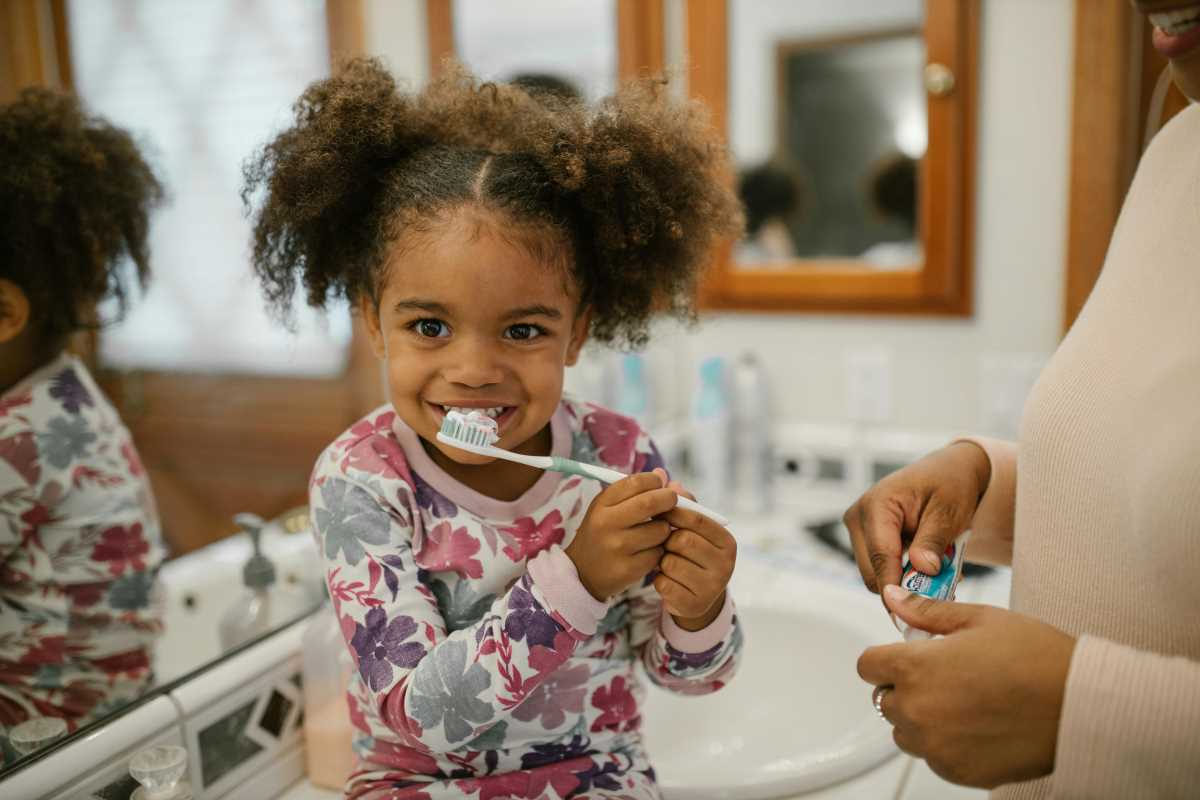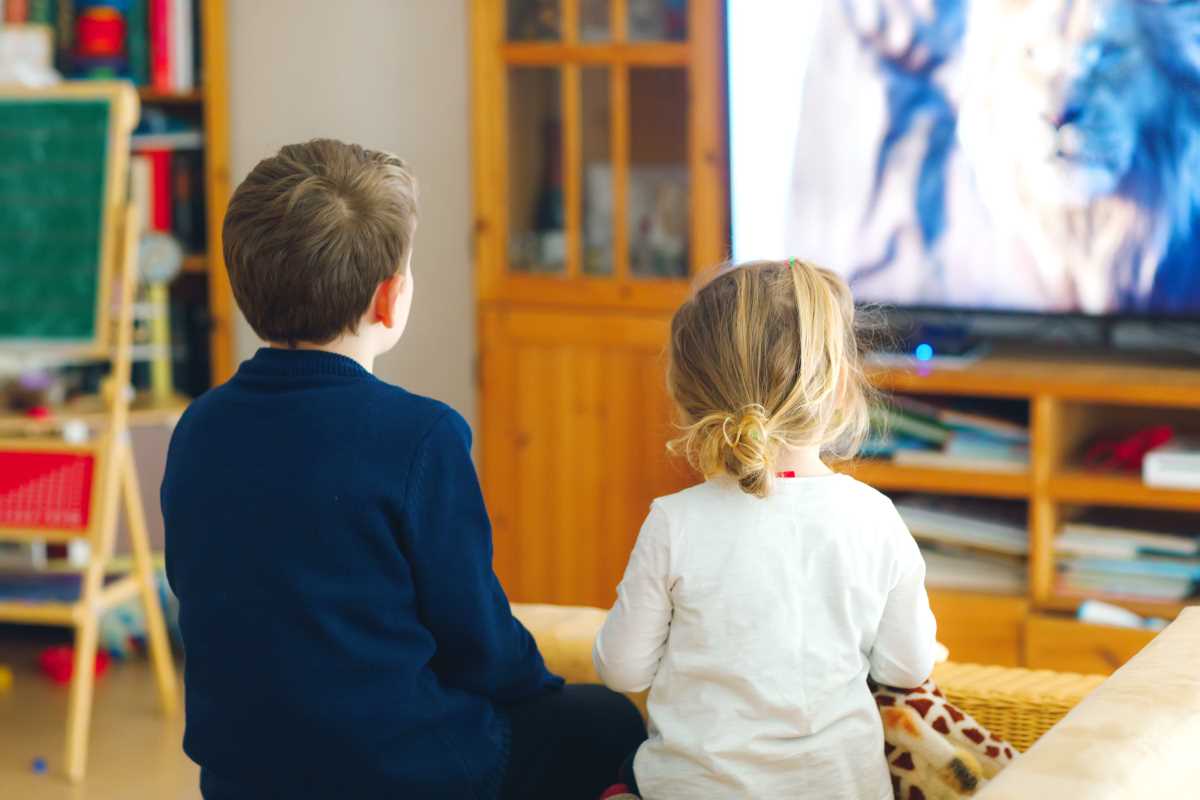Caring for a child with allergies often brings daily challenges, particularly when it comes to maintaining a safe and welcoming home. Many parents wonder how to minimize the presence of allergens and help their children breathe easier. By learning practical methods and tweaking certain aspects of your routine, you can cut down on common triggers and help your child feel better at home. Each thoughtful change, from regular cleaning to choosing hypoallergenic products, makes a noticeable difference in your child's comfort. Creating a supportive environment at home not only eases symptoms but also boosts your assurance in handling allergies, allowing your child to enjoy a healthier, more secure space.
Fresh Perspectives on Home Allergy Care
Understanding the importance of managing allergies at home opens up new ways to support your child's well-being. Instead of feeling daunted by the prospect, focus on practical, easy-to-implement changes that can make a real difference. Small adjustments, like choosing allergy-friendly materials or creating designated zones for allergy-sensitive activities, can dramatically reduce exposure to common allergens. These fresh ideas not only improve comfort but also promote a proactive mindset that empowers you to handle allergy challenges confidently.
Practical Steps for Everyday Symptom Relief
- Consistent cleaning: Regularly vacuum carpets, rugs, and upholstery using a HEPA filter vacuum cleaner. This step removes dust mites, pet dander, and pollen that can trigger allergic reactions. Aim for vacuuming at least twice a week and dust surfaces with a damp cloth to trap allergens instead of spreading them into the air. For added effectiveness, consider using allergen-proof covers on pillows and mattresses, which block dust mites and reduce exposure during sleep.
- Air purification: Invest in a high-quality HEPA air purifier for bedrooms and common areas. These devices can filter out tiny particles like pollen, mold spores, and pet dander, improving indoor air quality significantly. Place the purifier near your child's bed or play area for maximum benefit. Change filters regularly according to manufacturer instructions to keep the system running efficiently and maintain a clean environment.
- Allergy-friendly bedding: Use hypoallergenic sheets, pillowcases, and mattress covers to create a barrier against dust mites and other triggers. Wash bedding weekly in hot water (at least 130°F or 54°C) to kill allergens. Choose bedding made from natural, breathable fabrics like cotton, which helps reduce sweating and mold growth, both of which can worsen allergies. Regularly inspecting and replacing worn bedding ensures ongoing protection.
- Limit pet exposure: If pets are part of the household, designate pet-free zones such as bedrooms or play areas. Bathe pets weekly to reduce dander and brush them outdoors to prevent dander from spreading inside. Consider replacing carpets with hard flooring like wood or tile, which do not trap pet hair and dander as easily. Using air purifiers and frequent cleaning further minimizes allergen buildup caused by animals.
- Humidity control: Keep indoor humidity levels between 30-50% using a dehumidifier or air conditioner. This range helps prevent mold growth and dampness, which are common allergy triggers. Use a hygrometer to monitor moisture levels and ensure the environment stays balanced. Regularly clean dehumidifiers and air ducts to prevent mold spores from circulating and causing allergic reactions.
Adapting Your Home Environment
- Choose allergen-resistant flooring: Replace carpets with hard surfaces like laminate flooring or tile, which do not trap dust, pet dander, or mold. This change simplifies cleaning routines and reduces allergen accumulation. Opt for smooth, sealed surfaces that are easy to wipe clean and maintain hygiene. Regular mopping and sweeping keep allergens at bay and improve overall air quality.
- Designate allergen-free zones: Set up specific areas where your child can play and rest without exposure to common allergens. Use allergen-proof covers and keep these zones free of pets or smoking. Establish routines that reinforce these spaces as safe havens, helping your child feel secure and reducing allergy symptoms.
- Implement an allergy-friendly cleaning routine: Use natural, fragrance-free cleaning products that do not irritate sensitive airways. Schedule cleaning sessions during times of day when allergen levels are typically lower, such as late morning. Regularly wash curtains, plush toys, and soft furnishings to eliminate hidden dust and mold spores, creating a healthier environment overall.
When to Seek Professional Advice
Seek professional advice if your child's allergy symptoms continue despite home efforts. An allergist can identify specific triggers and suggest targeted treatments to prevent worsening symptoms. Combining expert guidance with consistent home care ensures a well-rounded approach to managing allergies.
 (Image via
(Image via





